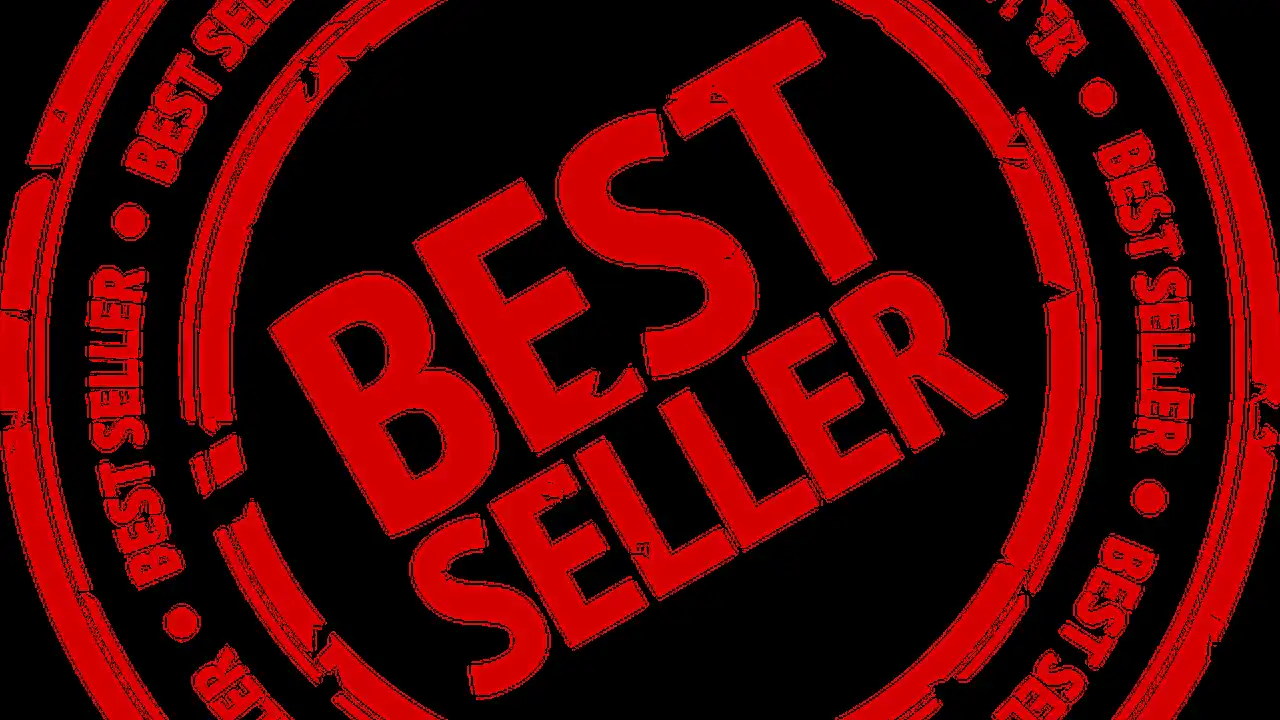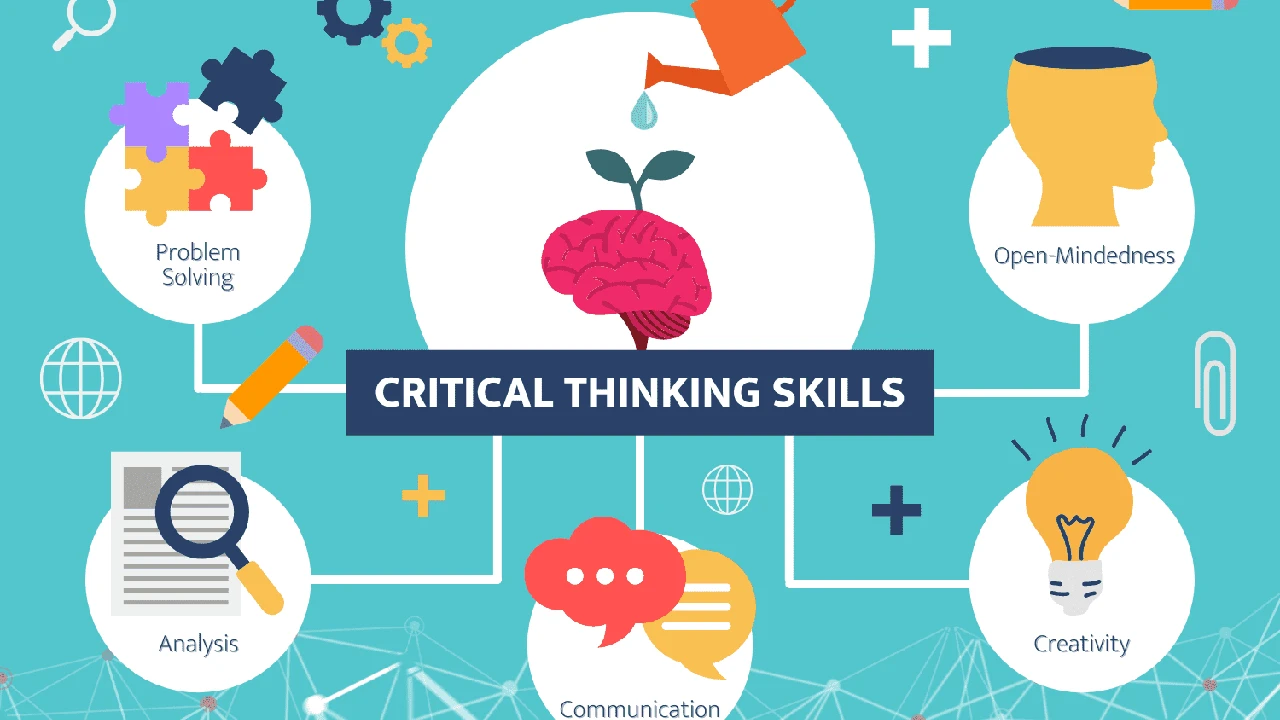7 Smart Ways to Save Money on Textbooks
Reduce your academic expenses with 7 smart ways to save money on textbooks. Find affordable options for your course materials.

7 Smart Ways to Save Money on Textbooks Your Ultimate Guide
Hey everyone! Let's be real, college textbooks can feel like a massive rip-off. You spend hundreds, sometimes thousands, of dollars on books you might only use for a semester, and then they just sit there collecting dust. It's a huge drain on your student budget, especially when you're already juggling tuition, rent, and daily expenses. But what if I told you there are super smart ways to cut down on those textbook costs significantly? You don't have to break the bank just to get your required readings. This guide is all about helping you navigate the tricky world of textbook purchasing and finding the most affordable options out there. We'll dive deep into seven proven strategies, compare different platforms and methods, and even recommend some specific tools and services that can save you a ton of cash. Let's get started and keep more money in your pocket!
Understanding Textbook Costs Why Are They So High?
Before we jump into saving, it's good to understand why textbooks are so expensive in the first place. Publishers often release new editions frequently, making older versions obsolete (or so they claim). They also bundle textbooks with access codes for online platforms, which can't be resold. Plus, there's limited competition in the academic publishing market, allowing them to set high prices. Knowing this helps us strategize better.
Strategy 1 Renting Textbooks The Flexible Option
Renting textbooks has become a game-changer for many students. Instead of buying, you pay a fraction of the cost to use the book for the semester and then return it. It's perfect for courses where you don't need to keep the book long-term or for subjects you're not passionate about. The savings can be huge, often 50-70% off the purchase price.
Top Textbook Rental Platforms and Their Features
- Chegg: This is probably the most popular rental service. Chegg offers a vast selection of textbooks, usually with free shipping on orders over a certain amount and free returns. They also have a 21-day refund policy if you drop a class. A typical rental for a semester might cost you around $30-$80, depending on the book. For example, a new copy of 'Principles of Microeconomics' might cost $200, but renting it on Chegg could be $45. They also offer eTextbooks for rent, which is super convenient.
- Amazon Textbook Rental: Yes, Amazon does rentals too! Their selection is extensive, and if you're already an Amazon Prime member, you get fast, free shipping. Their prices are competitive with Chegg. For instance, 'Calculus: Early Transcendentals' could rent for $50-$90 for a semester, compared to a $250 purchase price. The return process is straightforward, usually involving a printable shipping label.
- Barnes & Noble College: Many university bookstores are powered by Barnes & Noble College, and they offer rental options directly through your campus store or their website. This can be convenient for pick-up and returns, and sometimes they have specific editions required by your professors. Prices are generally comparable to Chegg and Amazon, but it's always worth checking for campus-specific deals.
Pros and Cons of Renting Textbooks
Pros: Significant cost savings, no hassle of reselling, often includes free shipping/returns. Great for books you only need for a short period.
Cons: You can't highlight or write in the book (usually), you don't own it, and there are late fees if you don't return it on time. Not ideal if you need the book for future reference.
Strategy 2 Buying Used Textbooks The Eco-Friendly & Budget-Friendly Choice
Buying used textbooks is a classic money-saving strategy. You get to own the book, which means you can highlight, make notes, and keep it for future reference. Plus, it's often cheaper than renting, especially if you plan to resell it later.
Where to Find Affordable Used Textbooks
- Amazon Used: When you search for a book on Amazon, always check the 'Used' and 'New' options. You'll find various sellers offering used copies at different price points and conditions. A used copy of 'Organic Chemistry' might be $80-$120, while a new one is $300+. Pay attention to seller ratings and shipping costs.
- eBay: eBay is a treasure trove for used textbooks. You can often find great deals, especially if you're willing to bid or search for 'Buy It Now' options. Be sure to check the ISBN to ensure you're getting the correct edition. You might snag a 'Psychology' textbook for $40 that would cost $150 new.
- Half Price Books: If you have a Half Price Books store near you, it's worth checking out. They have a physical presence and a decent online store. Their prices are usually very competitive for used books.
- Campus Bookstores (Used Section): Don't forget your own campus bookstore! They often have a used section, and while prices might be slightly higher than online, the convenience of immediate access can be a plus.
- Facebook Marketplace & Student Groups: Many universities have dedicated Facebook groups or online forums where students buy and sell used textbooks. This is fantastic because you're buying directly from another student, often at a very low price, and you can pick it up locally. You might find a 'Sociology' textbook for $20-$30 that's $100+ new.
Tips for Buying Used Textbooks Smartly
Always check the ISBN (International Standard Book Number) to ensure you're getting the exact edition required by your professor. Sometimes, even a slight difference in edition can mean missing crucial chapters or updated information. Also, check the condition of the book – some wear and tear is fine, but you don't want missing pages or excessive highlighting that makes it unreadable.
Strategy 3 Digital Textbooks and E-Readers The Modern Solution
Digital textbooks, or eTextbooks, are becoming increasingly popular. They're often cheaper than physical copies, instantly accessible, and you don't have to lug heavy books around. Plus, many come with built-in search functions, highlighting tools, and even interactive elements.
Popular Platforms for E-Textbooks and Their Benefits
- VitalSource: This is one of the largest providers of eTextbooks. VitalSource Bookshelf offers a robust platform with features like offline access, highlighting, note-taking, and text-to-speech. Prices vary but are generally 30-60% less than new physical copies. For example, an 'Anatomy and Physiology' eTextbook might be $100, while the physical copy is $250.
- RedShelf: Similar to VitalSource, RedShelf provides a wide range of eTextbooks with similar features. They often have rental options for digital books as well, which can further reduce costs.
- Amazon Kindle Store: Many textbooks are available on Kindle. While not always the cheapest, if you already have a Kindle device or the app, it's a convenient option. Look for 'Kindle Edition' when searching for your books.
- Google Play Books: Another option for digital textbooks, especially if you prefer reading on Android devices or through your web browser.
Comparing E-Readers for Textbook Use
While you can read eTextbooks on your laptop or tablet, dedicated e-readers can offer a better experience, especially for long reading sessions.
- Amazon Kindle Paperwhite (around $140): Great for reading novels, but for textbooks, the black and white screen and smaller size can be limiting for diagrams and complex layouts. Battery life is excellent.
- Kobo Libra 2 (around $190): Similar to Kindle, good for text-heavy books, but not ideal for textbooks with lots of images or charts.
- Apple iPad (starting around $329 for base model): This is a fantastic option for eTextbooks. The color screen is perfect for diagrams, and you can use Apple Pencil for note-taking directly on the pages. The larger screen sizes (iPad Air or Pro) are even better for textbooks. You can download apps like VitalSource Bookshelf or RedShelf directly.
- Samsung Galaxy Tab (starting around $200 for base models): Android tablets offer similar functionality to iPads for eTextbooks, often at a lower price point. Good for viewing PDFs and using eTextbook apps.
Pros and Cons of Digital Textbooks
Pros: Lighter to carry, often cheaper, instant access, searchable text, environmentally friendly. Many come with interactive features.
Cons: Can cause eye strain, requires a device and battery, some students prefer physical books for focus, no resale value.
Strategy 4 Library Resources Your Free Academic Goldmine
Your university library is an incredibly underutilized resource when it comes to textbooks. Many libraries have copies of required textbooks available for short-term loan, or even digital versions you can access for free.
How to Maximize Your Library's Offerings
- Course Reserves: Most university libraries have a 'course reserves' section where professors place copies of required textbooks. These are usually for in-library use or very short loan periods (e.g., 2 hours, 24 hours). This is perfect if you only need to reference a chapter or complete a specific assignment.
- General Collection: Check if the library has older editions or even the current edition in its general collection. You might be able to check it out for a longer period.
- Interlibrary Loan (ILL): If your library doesn't have a specific book, they can often request it from another university library through an interlibrary loan system. This might take a few days or weeks, so plan ahead.
- Online Databases and E-Resources: Libraries subscribe to vast online databases that contain academic journals, articles, and sometimes even full e-books. Always check your library's website for access to these resources, as they can often provide the information you need without buying a textbook.
Tips for Using Library Textbooks Effectively
Be proactive! Check the library's catalog as soon as you get your syllabus. If a book is on reserve, plan your study time around its availability. Make good use of scanning relevant pages (within copyright limits) or taking detailed notes.
Strategy 5 Open Educational Resources (OER) The Free Revolution
Open Educational Resources (OER) are teaching, learning, and research materials that are either in the public domain or licensed in a way that allows for free use, adaptation, and distribution. Think of them as free, high-quality textbooks and learning materials.
Where to Find High-Quality OER Textbooks
- OpenStax: A fantastic initiative by Rice University, OpenStax provides peer-reviewed, openly licensed textbooks for college and AP courses. They cover a wide range of subjects, from 'Biology' to 'College Physics' and 'U.S. History'. All their books are available for free online, and you can also order low-cost print versions.
- LibreTexts: This is a multi-institutional collaborative venture to develop open-access textbooks. They have a massive collection across various disciplines.
- MIT OpenCourseWare: While not strictly textbooks, MIT offers free access to course materials, including lecture notes, assignments, and sometimes even full e-books used in their courses.
- OER Commons: A public digital library of open educational resources. You can search for textbooks, modules, and other learning materials by subject, grade level, and material type.
The Benefits of OER for Students
The biggest benefit is, of course, that they are completely free! This can save you hundreds of dollars per semester. OER materials are also often updated more frequently than traditional textbooks, and they can be customized by professors to fit specific course needs. Always check with your professor if an OER textbook is suitable for your course.
Strategy 6 Textbook Swaps and Peer-to-Peer Sales Your Campus Network
This strategy leverages your immediate community – other students! Buying and selling directly with peers can often yield the best prices because there are no middlemen taking a cut.
How to Organize or Find Textbook Swaps
- Campus Book Exchange Events: Some universities organize official or unofficial textbook exchange events at the beginning or end of semesters. Keep an eye out for these announcements.
- University Facebook Groups: As mentioned before, dedicated Facebook groups for your university or specific departments are excellent places to find students selling books. Search for groups like ' [Your University Name] Textbook Exchange' or ' [Your Major] Students'.
- Campus Bulletin Boards: Old-school but still effective! Check physical bulletin boards around campus for 'for sale' flyers.
- Word of Mouth: Ask upperclassmen who have taken the course before if they're willing to sell their books. They might even give them to you for free just to get rid of them!
Tips for Successful Peer-to-Peer Transactions
Always meet in a public place on campus for safety. Verify the ISBN and the condition of the book before purchasing. Be prepared to negotiate a little, but also be fair. A 'Financial Accounting' textbook that cost $180 new might be sold for $50-$70 by a fellow student.
Strategy 7 Asking Your Professor The Ultimate Insider Tip
This might seem obvious, but many students overlook the simplest solution: just ask your professor!
What to Ask Your Professor About Textbooks
- Is the textbook absolutely required? Sometimes, a professor lists a book as 'recommended' but doesn't actually use it much.
- Are older editions acceptable? Often, the differences between editions are minor (e.g., rearranged chapters, a few updated examples). If an older edition is fine, you can save a ton of money. An older edition of 'Introduction to Psychology' might be $20 used, while the new one is $150.
- Are there specific chapters or sections I need? If only a few chapters are relevant, you might be able to borrow the book from the library or a friend just for those sections.
- Are there free online alternatives or OER materials? Your professor might be aware of free resources that cover the same material.
- Will you be putting a copy on reserve at the library? This confirms if you can rely on the library's copy.
When to Ask Your Professor
Ask during the first week of class, or even better, email them before the semester starts if the syllabus is available. This gives you plenty of time to find the most affordable option.
Final Thoughts on Saving Money on Textbooks
Saving money on textbooks is totally doable, but it requires a bit of planning and knowing where to look. Don't just blindly buy the new edition from your campus bookstore. Combine these strategies – maybe you rent some books, buy used for others, and rely on OER for a few. Always compare prices across different platforms like Chegg, Amazon, and your campus store. Check for digital versions, and don't forget your library! By being proactive and smart, you can significantly reduce your academic expenses and keep more of your hard-earned money for other important things, like, you know, food and fun. Good luck with your studies, and happy saving!
:max_bytes(150000):strip_icc()/277019-baked-pork-chops-with-cream-of-mushroom-soup-DDMFS-beauty-4x3-BG-7505-5762b731cf30447d9cbbbbbf387beafa.jpg)






